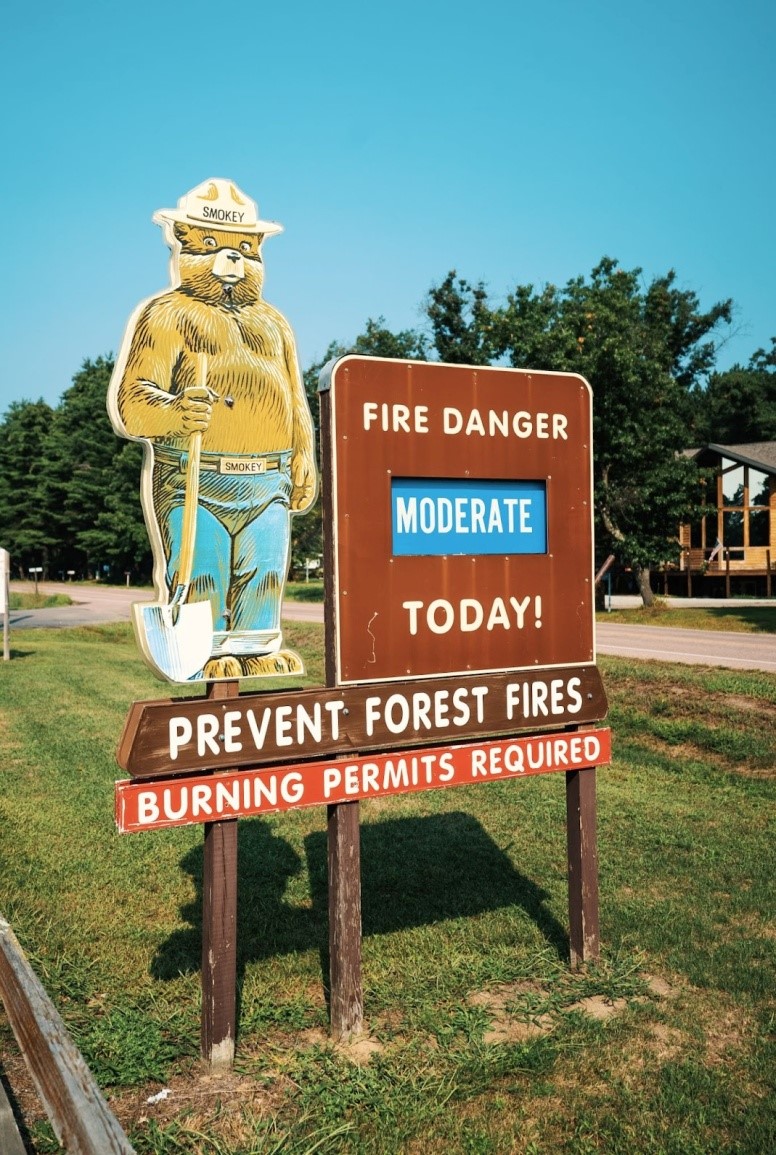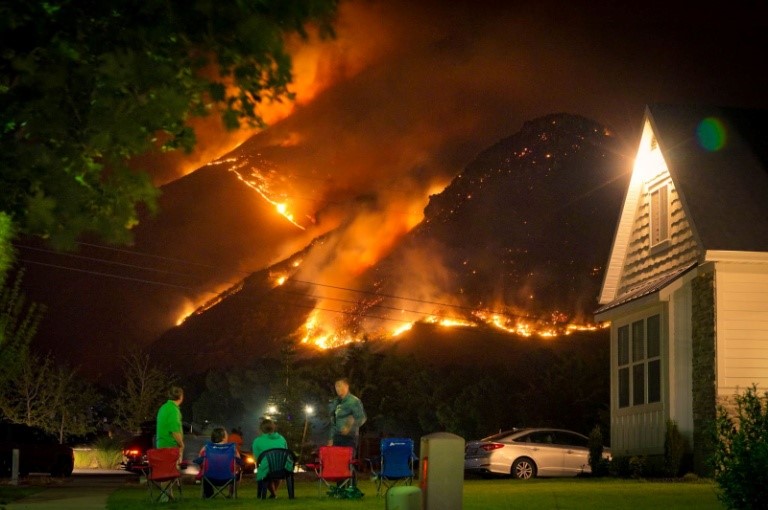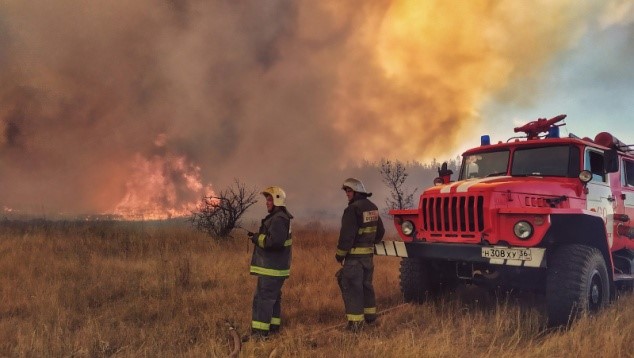The Battle Against Wildfires
About the author
Sam Armitage is trained in Wildfire Suppression and Safety by BC Wildfire Service. Having completed the 2020 season carrying out wildfire patrol and preventative forest management in Southern British Columbia Canada, he is well versed in on-the-ground measures that can be taken to mitigate risks during fire season alongside the complex network of factors involved in fighting a forest fire.
Fuel that is stoking the blaze
Wildfires (or forest fires) are happening more and often every year. While it is true that wildfires are a natural process (the forest I worked in had an average fire cycle of around 500 years), the frequency and intensity that we are starting to see year-on-year across the globe is concerning.
Wildfires are trending. Six of the top 20 largest California wildfires fires occurred in 2020 according to CalFire’s list. So, what happened?

- Santa Ana winds
Named after the Santa Ana Canyon in Southern California, these hot, dry winds funnel down into S. California from high mountain deserts inland. These winds have two effects that greatly increase chance of dangerous wildfires:- Drying out vegetation - low humidity and high winds dry grasses and other flammable brush, creating the perfect fuel
- Fanning the flames - High winds provide fires with plenty of oxygen, while driving them across terrain very quickly, up to 16-20 kph (9 to 12.5 mph) in open land.
- 30/30
The cardinal rule of wildfire prediction. Temperatures over 30℃ and humidity under 30% plus ignition is the recipe for a potentially large wildfire. With large areas of California seeing serious drought in the past few years, and climate change pushing temperatures ever higher; Smokey the Bear is in for a busy time.
Where there’s smoke, there are people
As mentioned, fires need a source of ignition. While this can be natural (lightning, lava), studies have shown human ignition is to blame for 84% of all wildfires in the United States, and 97% of all those that threaten homes. What are easy to implement rules to follow if you live in an area with a wildfire risk (or even if you may in the future)?

- Be aware of local fire bans and fire danger ratings
You can check these on local government websites or at most entrances to Provincial (Canada) and National (USA) Parks. - Never leave a campfire unattended
No matter the weather, location or season - this always stands true. - Be prepared
If you live in a high risk area, have a plan in place and be aware of all channels of warning/news - regularly check your radio, TV, internet and telephone, and always keep your cell phone charged. - Think
The number one preventative measure that can be taken is to think through actions and potential consequences. Are you a smoker? Make sure that cigarette is completely put out and goes in a bag not on the floor. Driving through a high-risk area? Read advice to make sure your vehicle or anything on it doesn’t create a spark (all combustion engines can expel sparks from exhaust).
In places across the globe, carelessness, lack of knowledge, and sometimes downright stupidity, can have devastating consequences. Equally important, poor communications infrastructure can lead to serious damage and even loss of life. One heart-breaking example of this is the 2021 wildfire in the town of Lytton, British Columbia, Canada.


- Location: Lytton (250 residents), Southern British Columbia, Canada
- Fire size: 83,740.5 hectares
- Casualties/Damage: 2 deaths, 90% of buildings and infrastructure destroyed.
Like all wildfires, the Lytton Creek wildfire was a result of a combination of factors - extreme Heat Dome temperatures (49.6C), very dry conditions, and high winds - all leading to the ‘perfect’ conditions for a rapidly changing and intense wildfire.
"Within about 15 minutes the whole town was engulfed in flame," Mayor Polderman told the BBC.
Adding to the difficulties of response, Lytton Creek is a very rural area with large First Nations communities in the nearby area. Given the speed of the fire, the logistics behind notifying residents of evacuation notice over a large area with little cell (mobile) phone coverage was near impossible. Many residents, volunteer firefighters and RCMP knocked door-to-door to aid evacuation as the inferno bore down on the town.
However, due to the speed of the fire many residents had little to no warning, with the First Nations communities bearing the brunt of this outside of Lytton main town.
What we can learn
Fighting an out-of-control wildfire is as much a logistical feat as it is a physical one. Communication between different agencies is essential; from planning escape routes and medical aid, to co-ordinating suppression measures and disseminating evacuation notices.
This robust network requires complex communication channels between government and more local agencies, but what about communicating with residents quickly, en-masse?
"People basically just grabbed their pets, grabbed their keys and got into their car and fled."
Emergency broadcast messaging
Emergency broadcast messaging means placing many calls to landlines or mobile phones, and sending many SMS messages to mobile phones - all in short order.
- Scalable, and fast
Of course, any network that is put into place is hopefully just a precautionary measure. However, if it is needed, it would have to be able to deal with large numbers of outgoing calls/messages as soon as is required. No delay. - Not reliant on:
- Smartphones
If a resident has a mobile phone which has reliable service, voice calls and SMS messages will work even if the device is not a smartphone - there is no need to install an app. Although basic, voice and SMS are ubiquitous, and that really matters in situations like this. - Cell/mobile phone coverage
It feels like nowadays everybody has a mobile phone. Despite North America being among the world’s most developed mobile markets, over 15% of the population have no access to a mobile device. This coupled with unreliable service in rural areas (which also happens to be where most wildfires occur), makes warning residents of immediate evacuation via mobile devices challenging at best.
- Smartphones
- More than just notice
Of course, for some residents it isn’t as simple as packing a bag and grabbing car keys (not that this in itself isn’t already extremely scary). Many require additional assistance to ensure their, and their family’s, safety. This could come in the form of physical aid in evacuating, transport to safety, or more. The most crucial element is emergency services knowing the full extent of information available, as quickly as possible.

Looking forward
Unfortunately the problem of wildfires will not just disappear. Past research forecasted that climate change might actually reduce the severity of fires by changing wind patterns, however new research has debunked this theory.
So what actions can be taken proactively (outside of physical measures such as controlled burns and proper land stewardship)? With communication as the cornerstone of any effective evacuation, it makes sense to start there.
Aculab provides mission-critical infrastructure for emergency networks, to tackle high-risk situations such as wildfires. The Aculab GIII high capacity gateway is the backbone of emergency networks around the globe, with next generation 911 support and NENA compliance built in.
To learn how Aculab’s products can be useful to emergency services, talk to an expert today, or read the Emergency Services Solutions case study.
